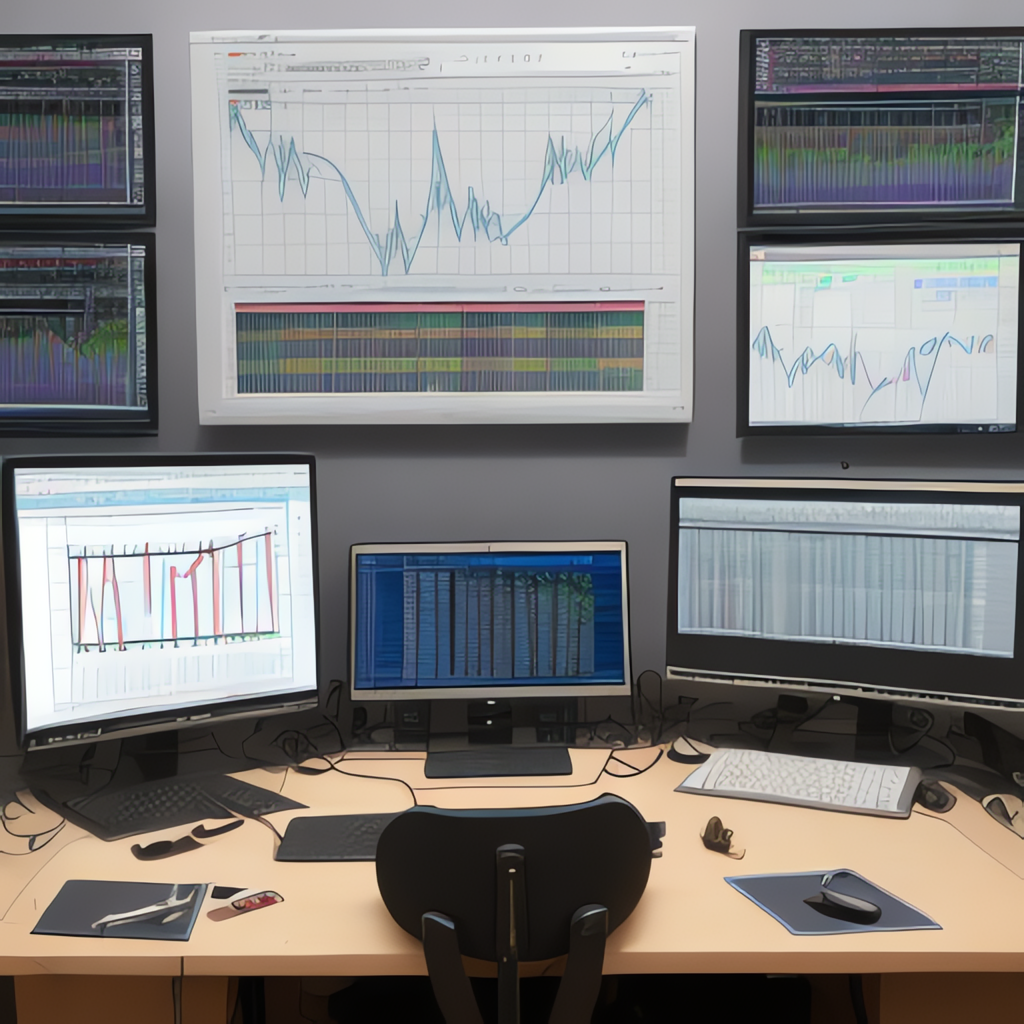**The Spectrum of Statistical Representation: Exploring the Array of Chart Types**
Data visualization is a fundamental aspect of information dissemination and comprehension. With the increasing importance of data-driven decision making, the demand for competent, informative, and engaging representations has surged. The variety of statistical chart types available today not only enhances the presentation of data but also allows us to perceive patterns, trends, and insights more effectively.
At the heart of data visualization lies the statistical chart—a tool that bridges abstract numerical information with intuitive human understanding. The journey from pie charts to sunburst diagrams and beyond is a testament to the evolution of statistical representation. In this article, we delve into the diverse array of chart types, examining their characteristics, uses, and the unique benefits they bring to the presentation of data.
**Pie Charts: A Slice of the Pie**
One of the most iconic chart types, the pie chart, has been a staple for data representation for centuries. A circle divided into slices proportional to the value they represent, pie charts offer a quick glance insight into the relative magnitudes of the components of a whole. Although their simplicity and ease of comprehension make them appealing, pie charts can be misleading when comparing sizes if the slices are too many or too small because they are difficult to judge accurately.
**Bar Charts: The Building Blocks of Comparison**
Where pie charts excel in summarizing part-to-whole relationships, bar charts shine in comparing discrete categories. Both horizontal and vertical bars can be used to represent variables and their frequencies, making them versatile for side-by-side comparisons or illustrating changes over time. Bar charts are a favorite among statisticians and researchers for their straightforward interpretation and ability to handle large datasets effectively.
**Line Charts: The Story of Change**
Line charts are effective for tracking trends over time and illustrating the trajectory of data. They connect data points that are grouped in time order, emphasizing patterns and cyclicality. Line charts are invaluable in financial analysis, weather forecasting, and epidemiological research where studying changes over time is crucial.
**Histograms: The Science of Distribution**
Histograms are instrumental for plotting the frequency distribution of continuous variables. By partitioning the range of values into several intervals and plotting the frequency of data falling within each interval, histograms allow for an observation of data distribution, such as normality or skewness.
**Scatter Plots: Correlation in the Spotlight**
Scatter plots are the ideal chart for determining relationships between two variables. Each point represents an observation, and the position depicts the values of the two variables. Scatter plots can reveal correlation, causation, or trends, and are essential for understanding how variables interact with one another.
**Box-and-Whisker Plots: The Power of Descriptive Stats**
Also known as box plots, these charts provide a concise summary of the distribution of a dataset. They include values for quartiles and extremes, highlighting the range while also giving an insight into the central tendency of the data.
**Pareto Charts: The 80/20 Insight**
A variation of the bar chart, the Pareto chart emphasizes the most significant factors in data. It is composed of two main parts—a bar graph representing the frequency or cumulative frequency of an item and a line graph depicting cumulative percentage, often used for identifying the most critical factors (e.g., product defects, customer problems).
**Heat Maps: Color Me Informed**
Heat maps use color gradients to represent and encode the magnitude of data. They are especially useful in displaying large matrices, such as in genomic data analysis or weather patterns, where both the distribution and intensity of the data need to be communicated.
**Sunburst Diagrams: The Hierarchy Unveiled**
Sunburst diagrams take hierarchical data and represent it in a circular layout. Each level of the hierarchy is wrapped in a ring, with the largest ring being the root and the smallest the leaves. Sunburst diagrams are versatile for data with a nested or hierarchical structure, making it easy to explore the components of larger categories.
**Conclusion**
In data visualization, no single chart type is capable of telling the entire story. The rich tapestry of chart types from pie charts to sunburst diagrams allows for the multi-faceted exploration and understanding of data. As the landscape of data visualization continues to broaden, the adoption of innovative chart types will play a pivotal role in unveiling the diverse and rich stories hidden within the data. By selecting and deploying the most appropriate chart type to represent their data, analysts can engage their audience more effectively, communicate insights more clearly, and ultimately, make better-informed decisions.
